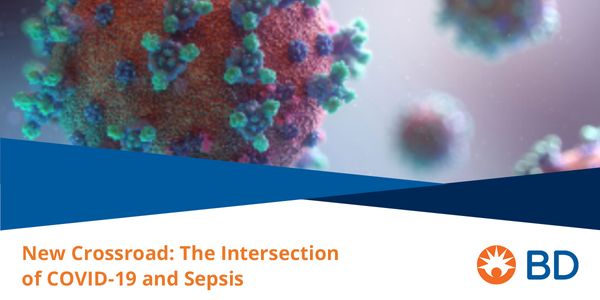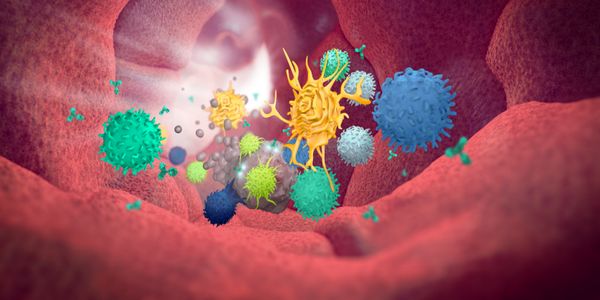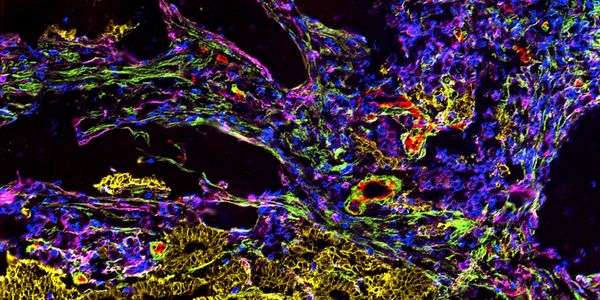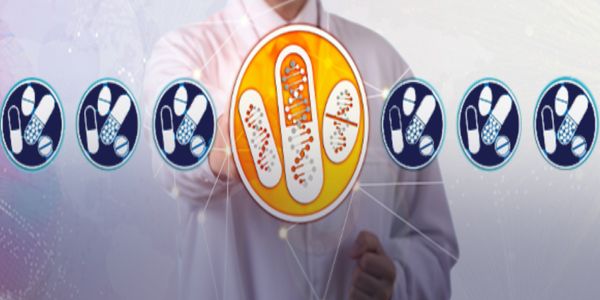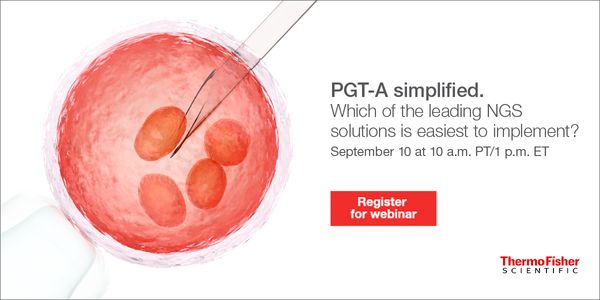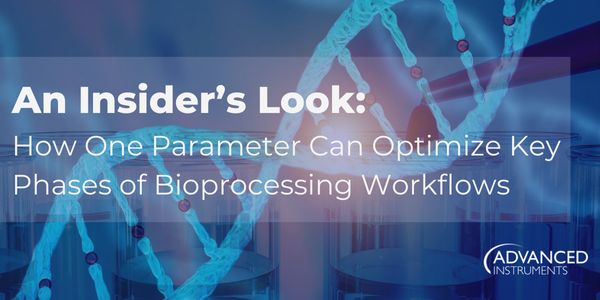Science Education
Science Education: the field of study centered on sharing scientific content and process with individuals not necessarily considered part of the community
-
As the spread of infectious diseases, current pandemic, and growing antimicrobial resistance (AMR) continues globally, next-generation sequencing (NGS) became a tool to diagnose infectious d...
This presentation will discuss the use of the FDA EUA process to implement SARS-CoV-2 assays to address the COVID-19 pandemic. The use of a team-based approach, through an Incident Command s...
SEP 16, 2020 | 10:00 AM
Date: September 16, 2020 Time: 10:00am (PDT), 1:00pm (EDT) Learning Objectives Compare and contrast viral sepsis with focus on sepsis symptoms caused by SARS-CoV- The role of rapid testing f...
SEP 16, 2020 | 9:00 AM
Date: September 16, 2020 Time: 9:00am PTD, 12:00pm EDT Harnessing the power of the host immune system to treat diseases has been transformational in patient care. Physiologically relevant ce...
SEP 16, 2020 | 6:00 AM
Date: September 16, 2020 Time: 7:00am (PDT), 10:00am (EDT) During the early stages of the COVID-19 outbreak in the UK, there was a great deal of uncertainty. Pathology and diagnostic service...
SEP 15, 2020 | 8:00 AM
DATE: September 15, 2020 TIME: 08:00am PT Tumorigenesis and cancer progression are affected by the tumor immune microenvironment (TIME). The TIME not only influences the efficiency of existi...
SEP 11, 2020 | 8:00 AM
DATE: September 11, 2020 TIME: 08:00am PT, 11:00pm ET This is the third topic in the webinar series on ‘ Predictive Genomics for Population & Personalized Health ’. Pharmacog...
While global demand for food is expected to increase significantly (70% by 2050), the agricultural industry is suffering from a decline in soil fertility, the adverse effects of climate chan...
Speaker:
Brajesh Singh
While live cell imaging offers advantages over traditional static imaging, this approach has been challenging for studying microbes due to the difficulty in tracking very small cells in a si...
Speaker:
Cindy Chen, PhD
In Pacific Northwest watersheds several species of Pacific salmonid fishes are hosts for the rhabdovirus infectious hematopoietic necrosis virus (IHNV). In this multi-host ecosystem speciali...
In this webinar, we will present QIAGEN CLC Genomics Workbench and its utility for bacterial isolate identification, strain discrimination using core genome multi-locus typing (cgMLST) and d...
Speaker:
Jonathan Jacobs, PhD
Learning Objectives: 1. Understand the challenges of extracting DNA from human samples for microbiome analysis, and learn about the best technologies for accomplishing this 2. Learn about pr...
Speaker:
Dominic O'Neil, MS, MBA
SEP 10, 2020 | 10:00 AM
DATE: September 10, 2020 TIME: 10:00am PT The vast majority of preimplantation genetic testing for aneuploidy (PGT-A) in the United States is performed using one of two NGS-based platforms,...
Enigmatic and often vilified, viruses are now known to play important and possibly indispensable roles in the biology and ecology of cellular organisms. Evidence of viral impacts are everywh...



